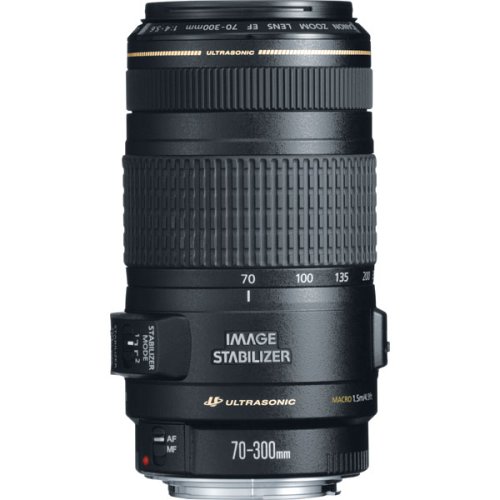Taking sport photographs is not difficult at all and can make for some really nice pictures. If you are really into sports and highly enjoy watching the games or even participating in them it can be very fun and rewarding to take sports photos.
First off, taking sport photos isn't the same as the way that enthusiastic parent is taking pictures of his or her kids. Sport photos that look good are not simply pointed at the action and taken. If you take a look at most, you'll see how they end up very different looking from most sport photos regular point and shooters take.
Sports photography can be somewhat difficult especially if you don't know how to do it or have a slow eye. Most sports are very fast and have lots of movement. This, nevertheless, is easy to overcome and take really great photos. If you can learn how to flawlessly capture movement with your digital camera then you can take really great sports pictures.
When it comes to taking fast action photographs, whether they are sports photos or bird photos, there are some common tips to follow. These tips are NOT just for sports photos. You can use these tips for taking action photos of birds, lions, planes, etc.
One of the most important aspects of sports photos is the settings on your camera. If you've ever taken sports photos with a fully automatic camera you probably ended up deleting nearly half the photos. Shutter speed is a setting that is usually much manipulated with action sport photos. Another setting that is manipulated often with sports is the ISO setting.
Shutter Speed Manipulation
When you take pictures of any object in motion, the need to freeze the object or blur the object is fully made through the shutter speed. If you're taking speed motion pictures of sports you'll want to stop the motion and not have blurred subjects. This means you'll want a fast shutter speed. The shutter speed should be faster than the subjects motion. If you're taking a shot of a very fast object you'll need a much faster shutter speed than a slow moving object like a turtle.
ISO Settings
What happens when you use a faster shutter speed is that less light is let into the camera. This can be fine for somewhat faster shutter speeds, but faster speeds require some change in the ISO to allow more light exposure.
Taking sports photos indoors can provide many more challenges. Because the light is mostly artificial it'll be much harder to properly expose when manipulating shutter speeds. When taking sports photos at or above around four hundred ISO setting can be fine. Be careful when using ISO because using a very high number can make your image very noisy. Some noise is alright as you can easily remove a little noise in photo editing programs.
Besides the settings, equipment is also used for sports photos. Unless you're allowed to be on the field with the players and get close ups of them, you'll most likely be very far from the action. To get up close you'll need a high quality telephoto lens. The telephoto lens is what all professional sport photographers use and gets you to get really close and get great shots of the action.
What happens with such long telephoto lenses is that the background will get out of focus. A shallow depth of field is very common with sports pictures and even sports on television. If you watch the closer shots of individual players you'll notice how the background is very blurred.









